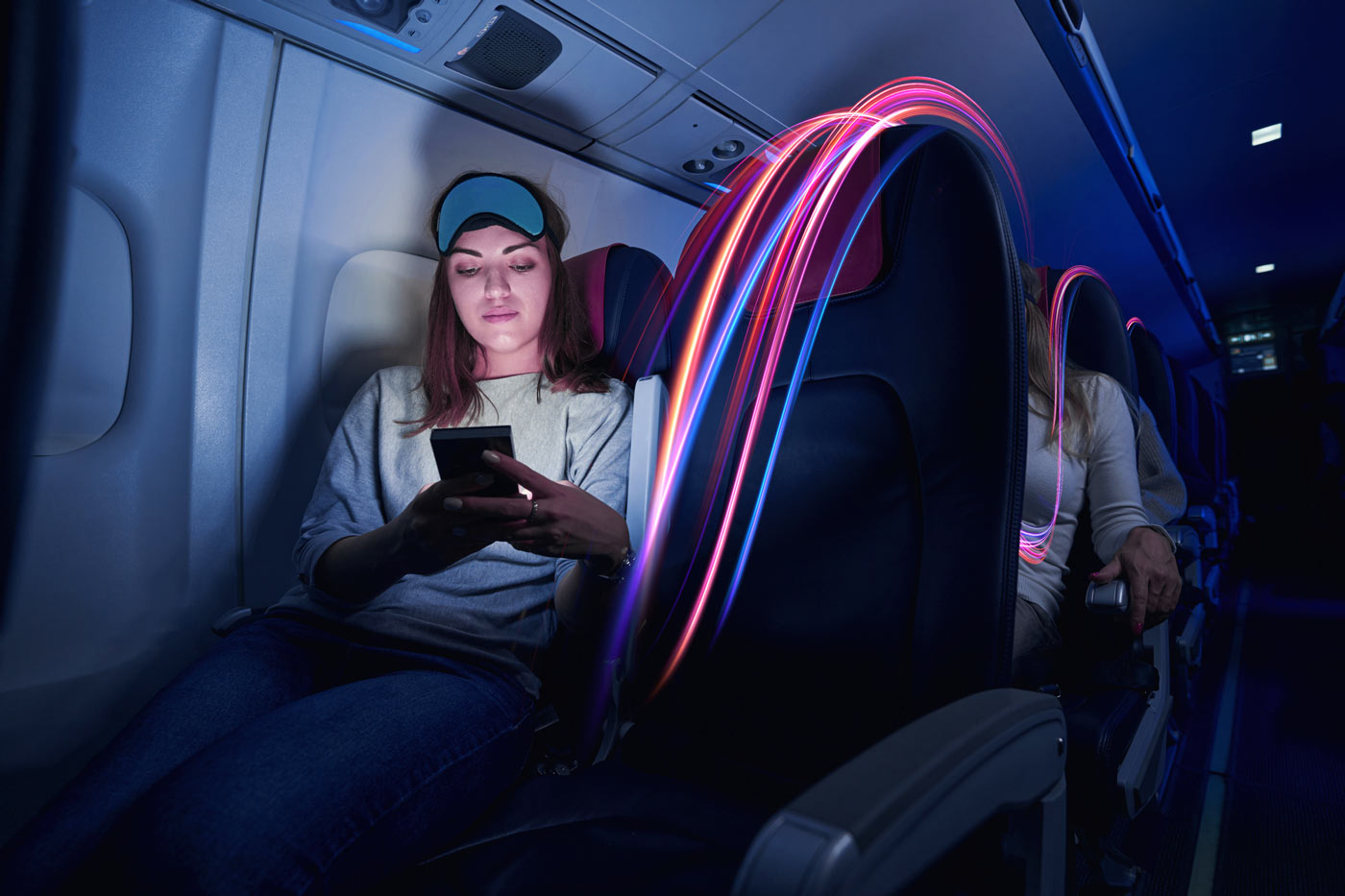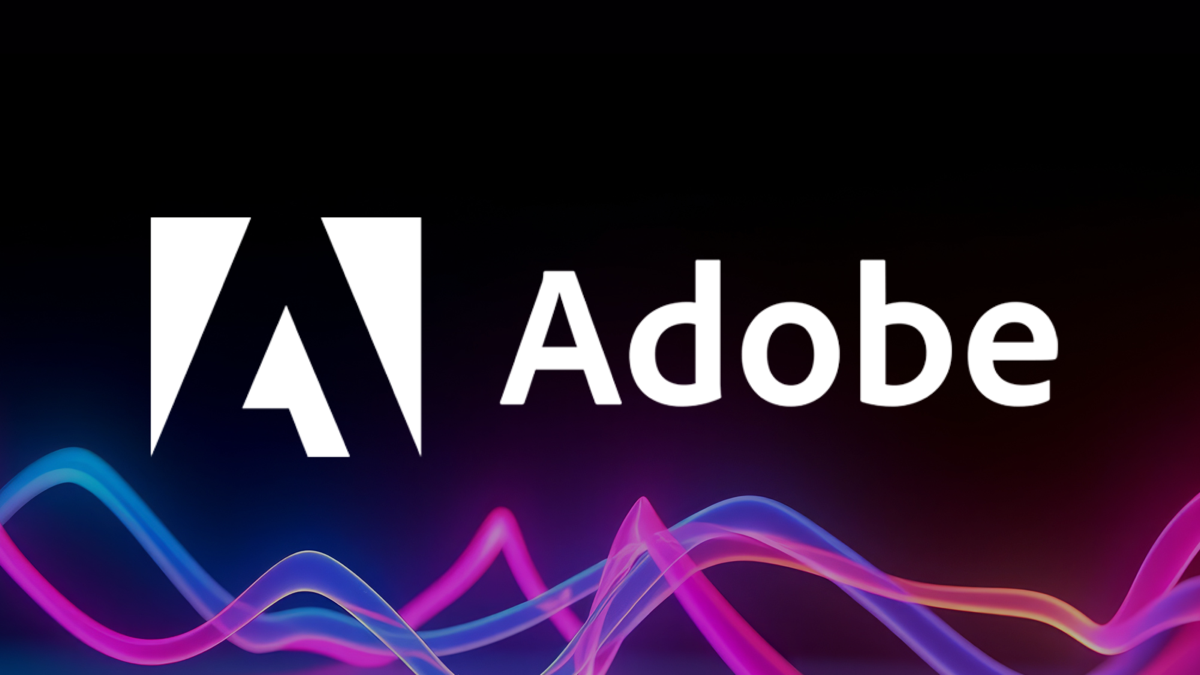Connectivity, With a Feeling of Disconnect
From laptops to phones, to tablets; in light of current global lockdowns and restrictions, using a device to connect with the world and to each other has never been so relevant.
But outside of today’s extraordinary circumstances, how do consumer electronics customers really feel about technology? Do they feel that technology is making us more divided, or is it bringing us closer together?
Technology use requires balance. While having the world at your fingertips creates endless opportunities to connect, learn and engage, there can be an equal sense of overwhelm resulting from technology overuse. Because of this, taking a ‘digital detox’ is a growing trend. How many of us have wondered how many times we check our phones – or social media – daily?
So why are many people adopting ‘digital detoxes’ – and what should consumer electronics and big technology companies do in response?
Consumer Electronics: the Digital Detox Trend
To explore the digital detox trend further, as well as other core trends that consumer electronics and technology brands must contend with as we move into an increasingly online world, Acxiom conducted a study in late 2019.
It should be noted that digital connectivity, and technology use is currently even more relevant – keeping people globally connected at a time where social distancing and lockdowns are commonplace.
While our findings represent data uncovered ahead of the 2020 coronavirus outbreak, the trend of digital detoxing is still very relevant. Many people want to limit their use of technology to reduce anxieties and constant scrolling of social and newsfeeds, yet value technology to keep families, friends communities connected – and share information.
Why Are People Adopting Digital Detoxes?
What is a digital detox?
Firstly, let’s define what a ‘digital detox’ is. Our study outlined a detox as:
“anything from limiting the time spent on your phone right up to going on an isolated retreat, disconnected from everything.”
So is taking a ‘digital detox’ a growing trend?
From our research, the answer is a resounding ‘yes’ – roughly 25% of the population have taken a digital detox in the last year. And while 25% might seem a relatively small figure, just over a decade ago the concept of a digital detox was barely on the radar.
Today, the search term “digital detox” is now 10x more popular than it was in 2005, and since 2015, has doubled in popularity. As for who’s taking time away from technology, detoxing is a growing trend driven by younger generations: Gen Z are 5x more likely than Baby Boomers to have taken at least one.
Why detox?
According to our report, there are multiple reasons for the trend, such as:
- Virtual life: People may feel like they are living in a virtual world more often than the real world.
- Too much technology: Screen time analytics may indicate an excessive amount of time spent on devices.
- Human connection: Families may feel they are struggling to connect with each other due to technology distractions.
- Wellbeing: Detoxes may be motivated by a want to reduce the potential impact of technology on mental health, emotional wellbeing, social relationships and more.
How are people detoxing?
As for the detox itself, the most common form of digital detox is a ‘short-term limit’, with social media being the most common thing to relinquish. 50% of digital detoxers have since limited their use of social media or a device long-term, and 39% have abstained completely from at least one device for a limited period of time.
“While people are a little less likely (76%) to completely abstain from their phone, the hierarchy remains the same. The phone is what people feel most compelled to avoid.”
On average, people spent just under a fortnight limiting their device use – regardless of whether it was phone, PC or TV.
And the results? The three most common feelings people had when detoxing were relaxation, clear-headedness and a feeling of being more in control. Post-detox, opinions are split – some people hate the fact that they need the device, while others recognise the value of their devices even more.
Adults Media Use and Attitudes 2019 (Ofcom)
Digital Technology: How Much is ‘Too Much’?
Of course, the decision to take a break from technology is an individual choice, with everyone using technology differently, for a range of reasons and across differing timespans.
While people of all generations have become attached to a range of technologies – TV, gaming, social media – the smartphone is unmatched in ubiquity.
But is digital detoxing a unique trend tied to younger generations? Is it really true that “young people use their phones more often”?
According to our research:
- 78% of Baby Boomers and 90% of the Silent Generation use their phone hourly or less, compared to just 32% of Gen Z and 40% of Millennials.
- More than 25% of Gen Z check their phones every 10 mins or more, and 50% look at it every 20 mins or more.
- Over 25% of 16-24 year olds said their phone is the device they would miss the most if taken away, while 66% of those aged 75+ would most miss their TV – even though 81% of them have a mobile phone.
Here it would seem that younger demographics are using smartphones more frequently. So it may not be a surprise that a growing number of Gen Z and Millennials see their phone “as a constant source of stress”, and the majority find it stressful at least sometimes.
As for ‘how much use is too much’, much of the time spent on new technologies like smartphones and tablets are used to access traditional media content – such as watching videos and listening to music. However:
- Every generation spends more time on their phone, social media and PC than they think they should, and a majority of every generation has thought “the amount of time I’m spending looking at screens can’t be healthy”
- Gen Z, Millennials and Gen X all think you should look at them about 50 times per day across all 3 combined, while Baby Boomers think you should do so less than 20 times a day
- Gen Z use their devices much more often – about 172 times a day, compared to 113 for millennials and 93 for Gen X
- On top of that, more than 50% of Gen Z and Millennials have thought “How have I wasted so much time on social media today?”
The Positives: Technology and Connectivity
“The biggest benefit of the technological revolution would be the ability to connect people from all over the world and allow people to form friendships and relationships that would have otherwise not been possible due to geographical hurdles”
When it comes to the use of consumer electronics, and digital technology particularly, the key here is balance.
There is nothing inherently wrong with technology use – indeed, technology shapes our lives, facilitating connection and endless possibilities for communication. Those positives are the very reason that so many of us spend so much time on devices!
It is over-use that is making many people feel disconnected, and driving the trend for some form of digital detox. In most cases, entirely removing the use of technology is not the end goal – a detox is more a way to re-balance, and move towards more positive use of technology. And it’s here that big tech organisations can start to make an impact in supporting positive technology use, for better experiences and consumer wellbeing.
Forward Thinking: Big Tech Organisations Should Support Positive Digital Use to Retain Consumer Trust
In reality most consumers are not disconnecting entirely from the digital world. Professional as well as personal use, sees people connected to devices daily.
There is a sense that people need to take individual responsibility for technology use. Yet there is also consumer perception that big tech companies should help to achieve healthy usage – such as session reminders to notify people on how long they’ve been using the device or platform.
This presents an opportunity for tech companies taking the long-term perspective. Nearly 50% of digital detoxers said they would trust companies more if they were seen to be tackling the problem, more than 33% said they would feel like they’re helping to tackle the problem if they buy products from companies that take it seriously, and 25% said they would be more likely to buy their products as a result.
The opportunity is there for future-focused tech companies to cater to a growing need; to build brand loyalty and bring their users on the journey with them, not just to build better products but to build a healthier world.

